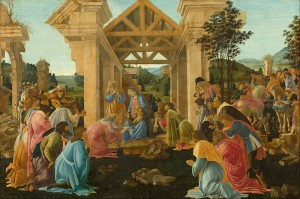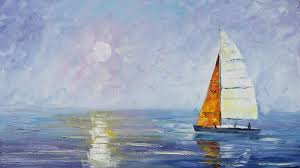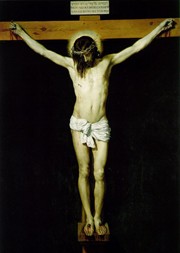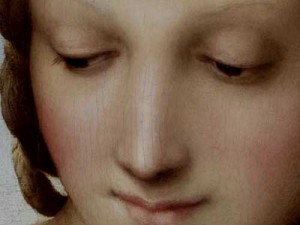The Mexican Mural Movement was initially used to educate the Mexican people after the Revolution (Bravo). As the saying goes, “A picture is worth 1000 words”, the murals were used to educate the people who could not read or learn from standard textbooks. Many pieces were based on old heroes or important individuals in the Mexican culture and served as what could be called a visual history textbook (Bravo).
Two very influential artists of the time are David Siquieros and Jose Clemente Orozco. Both of these artist were born in Mexico, and practiced their art there. Jose Clemente lived from 1883-1949 and passed away at his home in Mexico. He did not start painting until 1909, when he switched from sculpting. He is knows as one of the most influential Mexican artists of this time period (Hood Museum). David Siquieros lived from 1896-1974 in Mexico. He had a strong political belief and was also in many of the Mexican wars of the time. It is very neat to see an artist that has such a different back ground than most. He was very vocal in political and labor reform during the time also (David). I will share a few pieces from these two artists that represent the time period well.
“The Departure of Quetzalcoatl” Jose Clemente Orozco, 1932-34, Mexico
“In every painting, as in any other work of art, there is always an IDEA, never a STORY ” – Jose Clemente Orozco
This piece shows the god Quetzalcoatl. I enjoy this piece because when I look at it, there are so many things that come to mind that I cannot even begin to formulate a story for what is happening. What I can do, is think of hundreds of ideas on what the possibilities are. The piece is very clear, and the colorings are very contrasting, making it look very busy. The god looks to have a look of fear, or evil in his eyes. The skeletons seem to be rioting and possibly screaming at the god. I think that this image is representing the layers of their religion and possibly some sort of Hell. I enjoy this piece, and with its very concise lines and figures it was very well though out by the artist, but very thought provoking for the viewer.
“Paisaje Mantanas” David Siqueiros, 1968, Mexico
This piece by Siqueiros is very abstract, and difficult for me to tell exactly what he is trying to portray. It looks almost like an upside down volcano. The colors give a fiery and hot look to an otherwise bland color choice. After the piece is looked at for a while, many other shapes can be made out of it and it really leaves it up to the viewer to decide what he or she is seeing. I like this piece because it shows a completely different side of the artist than the piece below. Maybe it represents a volcano that was in Mexican history? Possibly a dragon from myths? there are so many possibilities.
“Vista Aerea” David Siqueiros, 1968, Mexico
This piece is much clearer and straight forward. There is a small city nestled into the mountains and it reminds me of Machu Picchu. Siqueiros used much straighter lines, and calmer colors overall to create a wonderful landscape. A piece like this could be referring to the Mexican history, and possible an Aztec or Incan city. Siqueiros was one of the first artist to use acrylic paint (David). The use of acrylic paints made the colors more vibrant, and I think they give the art more depth.
Overall I feel as though these two artists, and their artwork, do an amazing job of creating the mural movement of the time. Each picture is very rich, and full of many interpretations that would make much more sense to someone of the culture. Each artist was using leading technology and ideas for the time periods and together they make new movement. I enjoy this style of art because it is still used today and it is very easy to see the beauty and appreciate it, while not giving the viewers all of the answers to the mystery.
Bravo, Doris. “Khan Academy.” Khan Academy. Web. 23 Apr. 2015. https://www.khanacademy.org/humanities/art-1010/art-between-wars/latin-american-modernism1/a/mexican-muralism-los-tres-grandes-david-alfaro-siqueiros-diego-rivera-and-jos-clemente-orozco
“David Alfaro Siqueiros.” David Alfaro Siqueiros. Web. 23 Apr. 2015. http://www.adanigallery.com/Siqueiros/main.html
“Hood Museum of Art.” About the Artist: José Clemente Orozco (1883-1949). Web. 23 Apr. 2015.http://hoodmuseum.dartmouth.edu/collections/overview/americas/mesoamerica/murals/orozco.html



 “Smoothie” Kurt Wenner, Boston, Massachusetts
“Smoothie” Kurt Wenner, Boston, Massachusetts




 “Unhealthy Lifestyle”-Dorothea Lange, California, Mid-1930’s
“Unhealthy Lifestyle”-Dorothea Lange, California, Mid-1930’s







 “Madonna of the Meadow” -Raphael
“Madonna of the Meadow” -Raphael